The Evolution of Men's Fashion Toward Inclusivity
The fashion industry has undergone a seismic shift in recent years, particularly within the realm of men's clothing. Traditional sartorial paradigms that once dictated rigid aesthetic standards are dissolving, making way for a more encompassing approach to masculine style. This transformation has been particularly pronounced in the LGBTQ+ community, where self-expression through clothing has always held profound significance.
Men's fashion historically operated within narrow confines. The archetypal model was invariably tall, lean, and conforming to heteronormative ideals. This restrictive framework excluded countless individuals whose bodies didn't align with these arbitrary benchmarks. Today's fashion landscape tells a different story—one where diversity isn't just acknowledged but celebrated.
The catalyst for this metamorphosis stems from grassroots movements demanding authentic representation. Social media platforms amplified voices that had been marginalized, creating space for conversations about body acceptance and inclusive design. Fashion houses, initially resistant to change, began recognizing the economic and ethical imperatives of serving all consumers, regardless of their physique or identity.
Breaking Down Traditional Masculine Stereotypes
Conventional masculinity imposed stringent expectations on male presentation. The "ideal" man was muscular yet not overly bulky, tall but not towering, with specific proportions that existed more in fantasy than reality. These unrealistic standards created psychological barriers that prevented many men from experimenting with fashion or feeling confident in their clothing choices.
Contemporary menswear challenges these antiquated notions by embracing morphological diversity. Brands now recognize that masculinity manifests in countless forms, and clothing should accommodate this spectrum rather than forcing conformity to outdated templates.
Understanding Body Diversity in the Male Community
Male bodies exist in an extraordinary array of shapes, sizes, and proportions. This anatomical diversity extends far beyond simple size categories, encompassing variations in torso length, shoulder width, hip circumference, and countless other factors that influence how garments fit and flatter.
Within the LGBTQ+ community, body diversity takes on additional dimensions. Some individuals may be navigating gender expression, others might be dealing with body dysmorphia, and many simply want clothing that reflects their authentic selves rather than societal expectations. Understanding these nuances is crucial for creating truly inclusive fashion offerings.
Plus-Size Men and Fashion Accessibility
Plus-size men have historically faced significant challenges in finding stylish, well-fitting clothing. Many mainstream retailers relegated larger sizes to separate sections or online-only availability, perpetuating stigma and limiting options. This segregation sent an implicit message that plus-size bodies were somehow less deserving of fashionable clothing.
The tide is turning as forward-thinking brands recognize the substantial plus-size market. These companies are investing in extended size ranges, improved fit algorithms, and designs that flatter fuller figures without resorting to shapeless, unflattering cuts.
"Fashion should be a form of self-expression accessible to everyone, regardless of body size or shape. When we create clothing that celebrates diversity, we're not just making garments—we're fostering confidence and community."
The Psychology of Fit and Comfort
The relationship between clothing and psychology runs deeper than superficial aesthetics. Well-fitting garments can significantly impact confidence, posture, and overall mental well-being. Conversely, ill-fitting clothing can trigger anxiety, self-consciousness, and social withdrawal.
For men who have struggled to find appropriate sizing, the psychological impact of discovering brands that cater to their body type can be transformative. This emotional connection translates into brand loyalty and positive word-of-mouth advocacy within communities.
The Rise of Inclusive Menswear Brands
Progressive fashion companies are revolutionizing the industry by prioritizing inclusivity from conception to execution. These brands employ diverse design teams, utilize varied body types in their fit testing, and market their products using models who represent their actual customer base.
This approach requires significant investment in research and development. Creating patterns that accommodate various body types while maintaining aesthetic appeal demands sophisticated understanding of garment construction and human anatomy. The most successful inclusive brands have mastered this balance, producing clothing that is both fashionable and functional across size ranges.
Technology's Role in Personalized Fit
Technological advancement has facilitated unprecedented customization in clothing fit. Virtual fitting rooms, 3D body scanning, and artificial intelligence-driven size recommendations are becoming standard offerings for progressive retailers. These tools help bridge the gap between online shopping and in-person fitting experiences.
Machine learning algorithms analyze customer data to refine sizing recommendations continuously. This iterative process results in improved fit accuracy and reduced return rates, benefiting both consumers and retailers.
Styling Tips for Every Body Type
Effective styling transcends size categories, focusing instead on proportion, personal preference, and occasion appropriateness. The goal isn't to disguise or minimize certain features but to create harmonious silhouettes that reflect individual style sensibilities.
Essential Wardrobe Components
Building a versatile wardrobe begins with foundational pieces that can be mixed, matched, and layered to create multiple looks. These cornerstone items should prioritize quality construction, timeless design, and exceptional fit.
- Well-fitted underwear that provides proper support and comfort
- Versatile swimwear suitable for various aquatic activities
- Quality basics in neutral colors that coordinate easily
- Statement accessories that reflect personal identity
- Layering pieces that add dimension and visual interest
Color Theory and Pattern Mixing
Understanding color relationships and pattern coordination can dramatically enhance any outfit's visual impact. Monochromatic schemes create elongating effects, while strategic color blocking can highlight favorite features. Pattern mixing requires confidence but can result in striking, memorable looks when executed thoughtfully.
Consider skin undertones when selecting colors. Warm undertones complement earth tones, oranges, and golden hues, while cool undertones pair beautifully with blues, purples, and silver-based colors. Neutral tones work universally but can benefit from strategic pops of complementary color.
Shopping Strategies for Body-Positive Fashion
Navigating the fashion landscape requires strategic approaches, particularly when seeking inclusive options. Understanding brand sizing philosophies, reading customer reviews, and knowing personal measurements are essential preparatory steps.
| Shopping Consideration | Traditional Approach | Body-Positive Approach |
|---|---|---|
| Size Selection | Assuming consistent sizing across brands | Checking individual brand size charts and reviews |
| Style Choices | Following trend-based recommendations | Prioritizing personal comfort and expression |
| Fit Expectations | Conforming to standard fit models | Seeking brands that accommodate body diversity |
Online vs. In-Person Shopping
Each shopping modality offers distinct advantages. Online retailers often provide extensive size ranges and detailed product information, while physical stores allow tactile evaluation and immediate fit assessment. Many consumers employ hybrid approaches, researching online before visiting stores or ordering multiple sizes with generous return policies.
Customer service quality becomes paramount in online shopping scenarios. Responsive, knowledgeable support teams can provide sizing guidance, answer specific questions, and facilitate exchanges when necessary.
Building Confidence Through Style
Fashion serves as a powerful tool for self-expression and confidence building. When individuals discover clothing that fits properly and reflects their personality, the psychological impact extends far beyond the wardrobe. This transformation often catalyzes positive changes in other life areas.
Confidence building through fashion is an iterative process. It involves experimentation, occasional missteps, and gradual refinement of personal style. The journey itself is valuable, fostering self-discovery and creative expression.
Community and Support Systems
The LGBTQ+ community has historically relied on mutual support and shared experiences. This solidarity extends to fashion choices, with community members often serving as style mentors and confidence boosters for one another.
Online communities, social media groups, and local organizations provide platforms for sharing styling tips, brand recommendations, and encouraging messages. These support networks prove invaluable for individuals beginning their body-positive fashion journeys.
The Future of Inclusive Men's Fashion
The trajectory toward greater inclusivity in men's fashion appears irreversible. Consumer demand, social consciousness, and economic incentives align to support continued expansion of size ranges, diverse marketing representation, and innovative design solutions.
Emerging technologies will further personalize the shopping experience. Virtual reality fitting rooms, AI-powered style recommendations, and on-demand manufacturing could revolutionize how men discover and purchase clothing. These advances promise to make fashion more accessible and individualized than ever before.
Sustainability considerations are increasingly influencing fashion choices. Consumers seek durable, ethically produced garments that provide long-term value. This shift benefits body-positive fashion by encouraging investment in quality pieces rather than disposable trends.
The intersection of inclusivity and sustainability creates opportunities for brands that prioritize both values. Companies that successfully balance these considerations will likely dominate the future fashion landscape, serving conscious consumers who demand both ethical production and diverse representation.
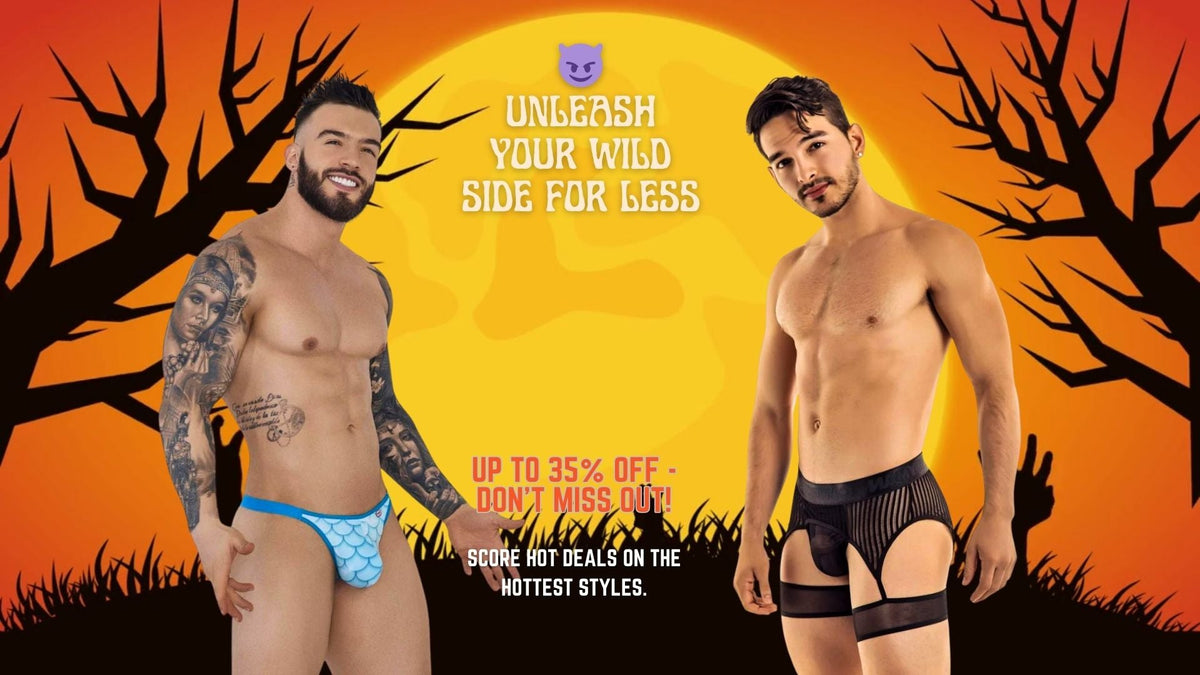
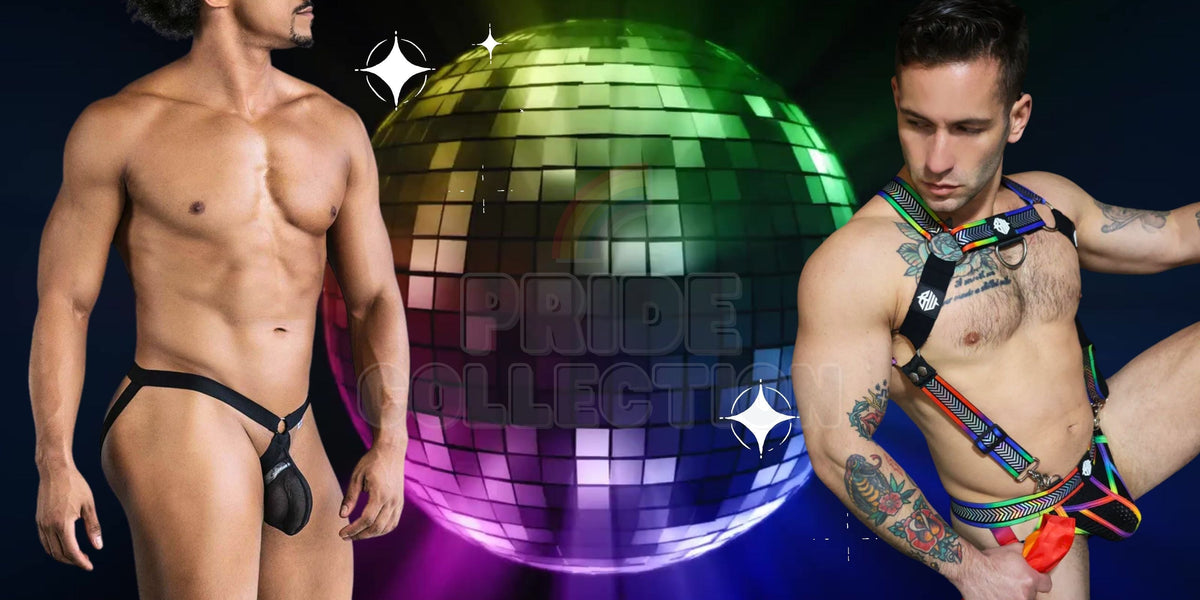
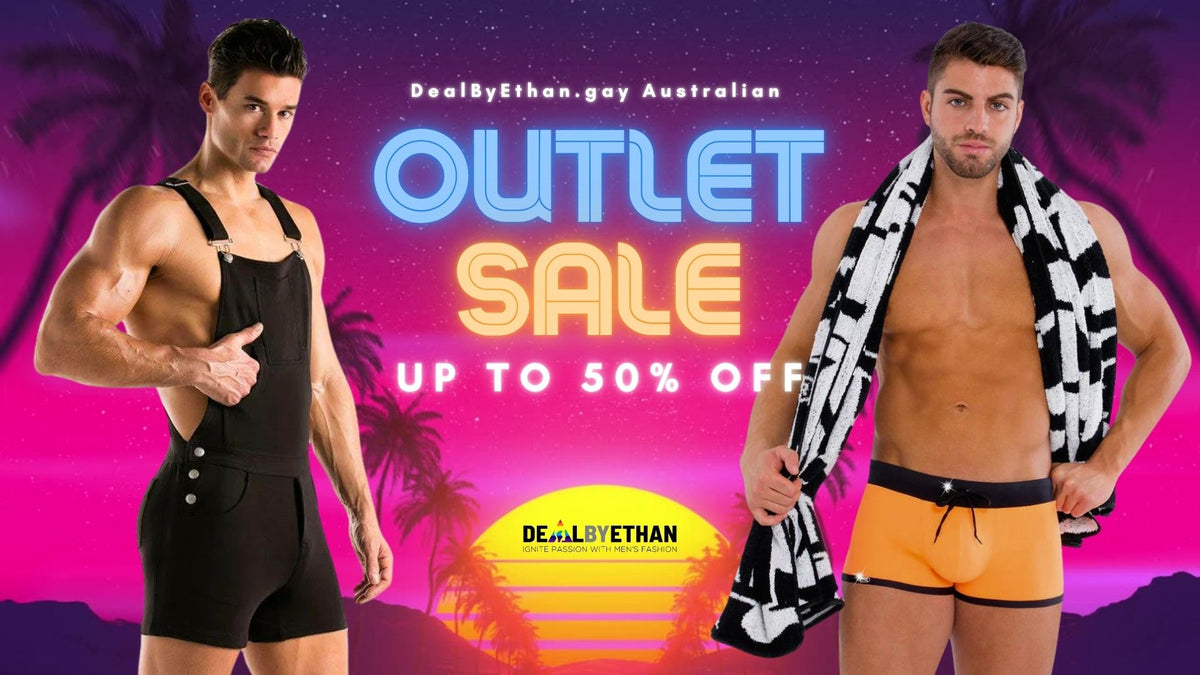


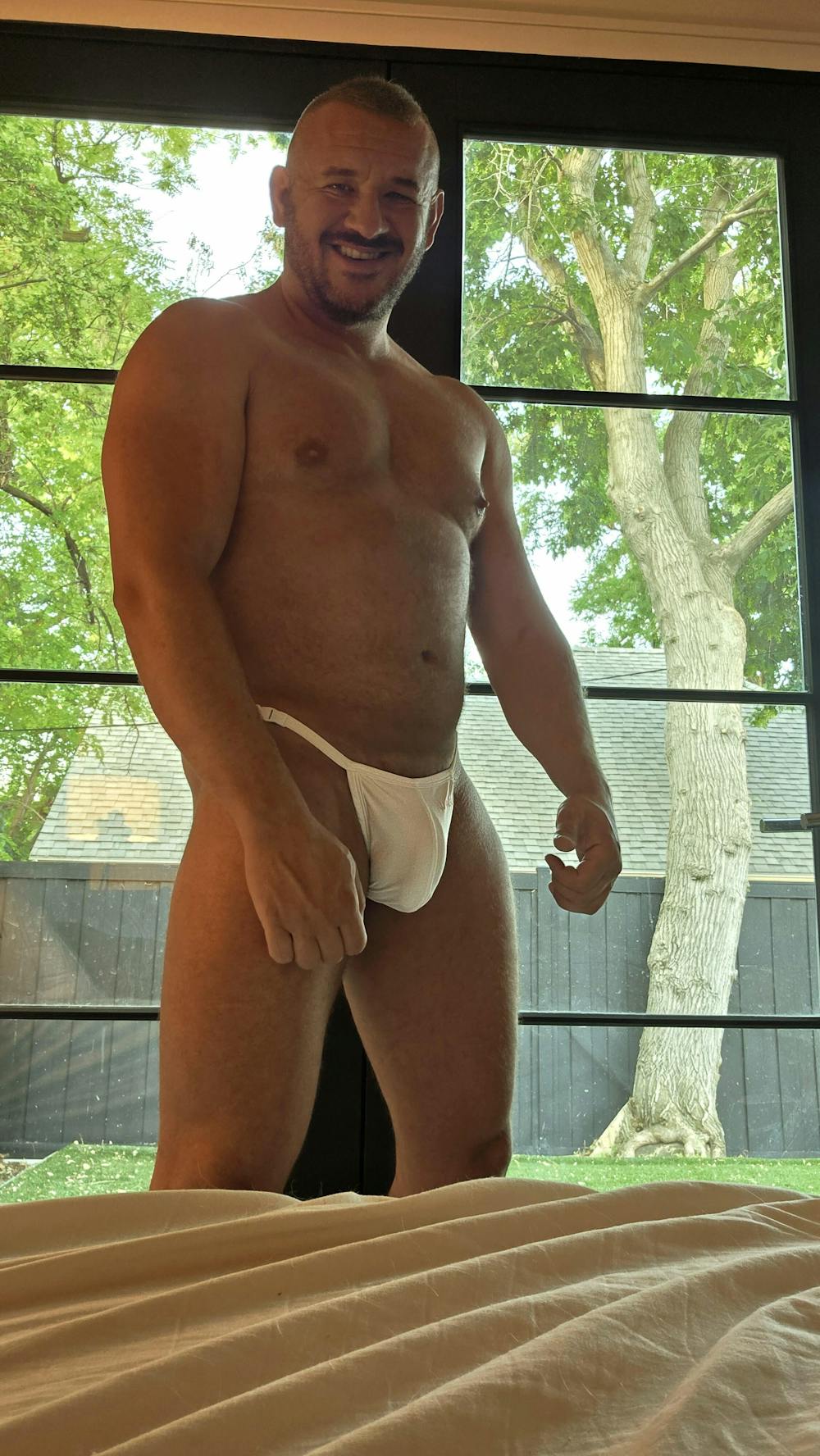
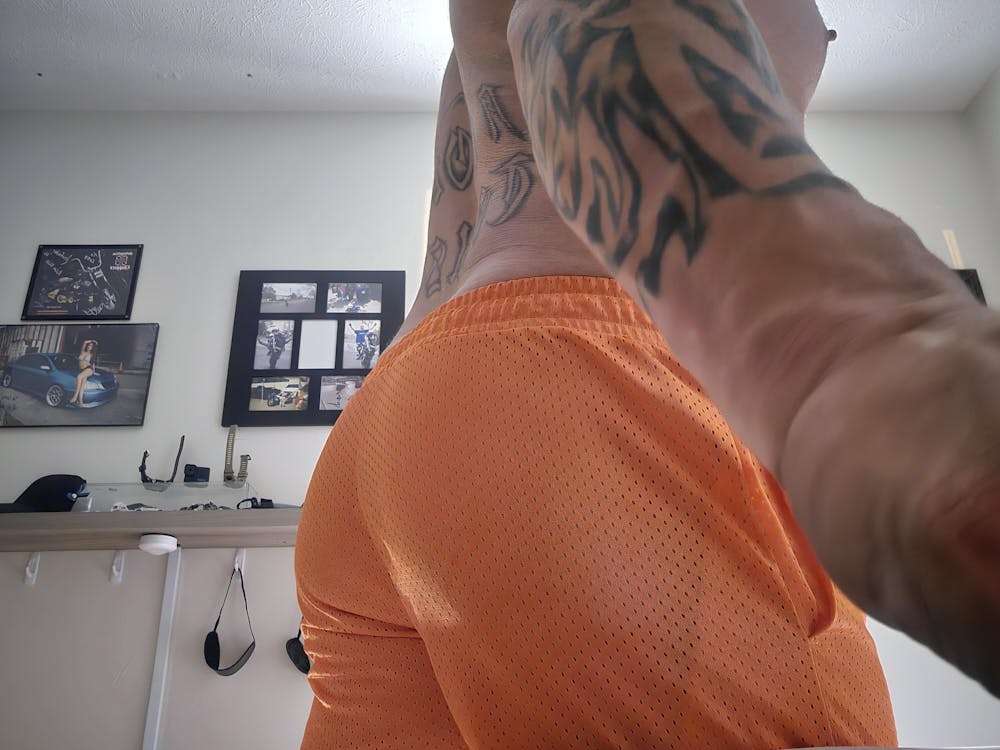





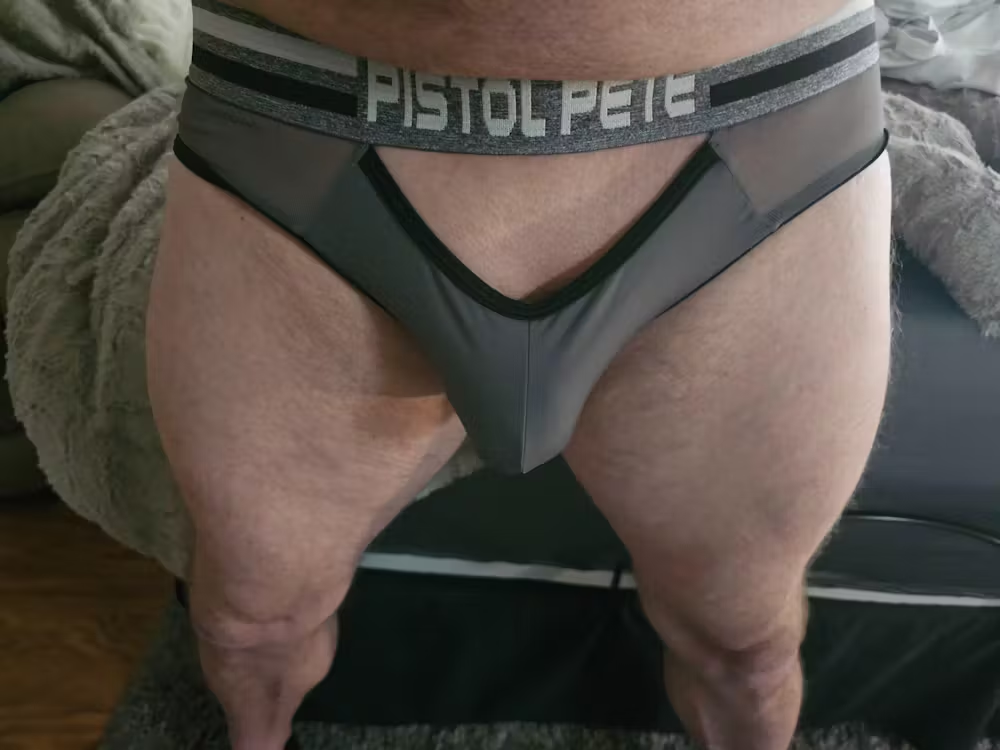

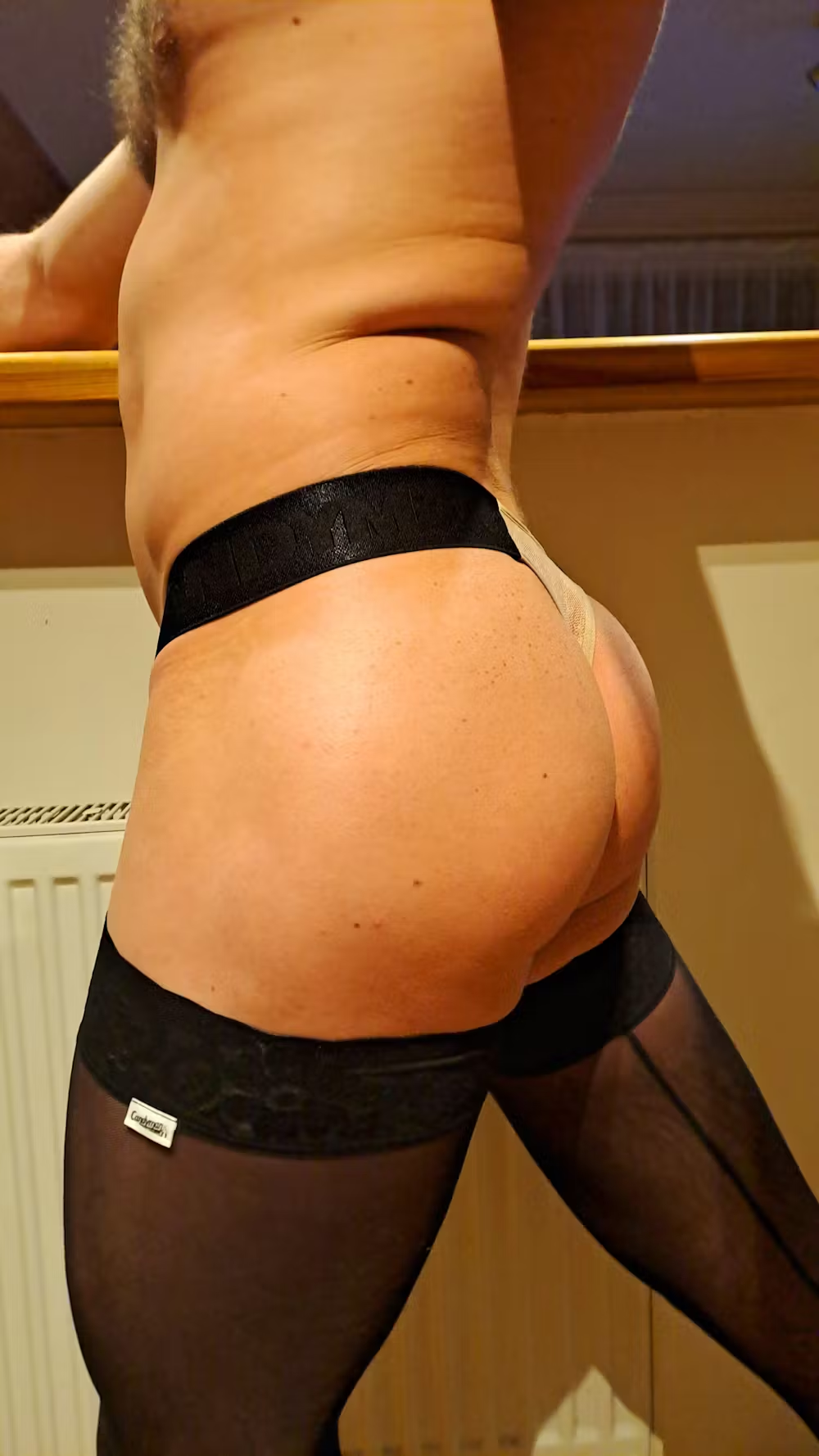
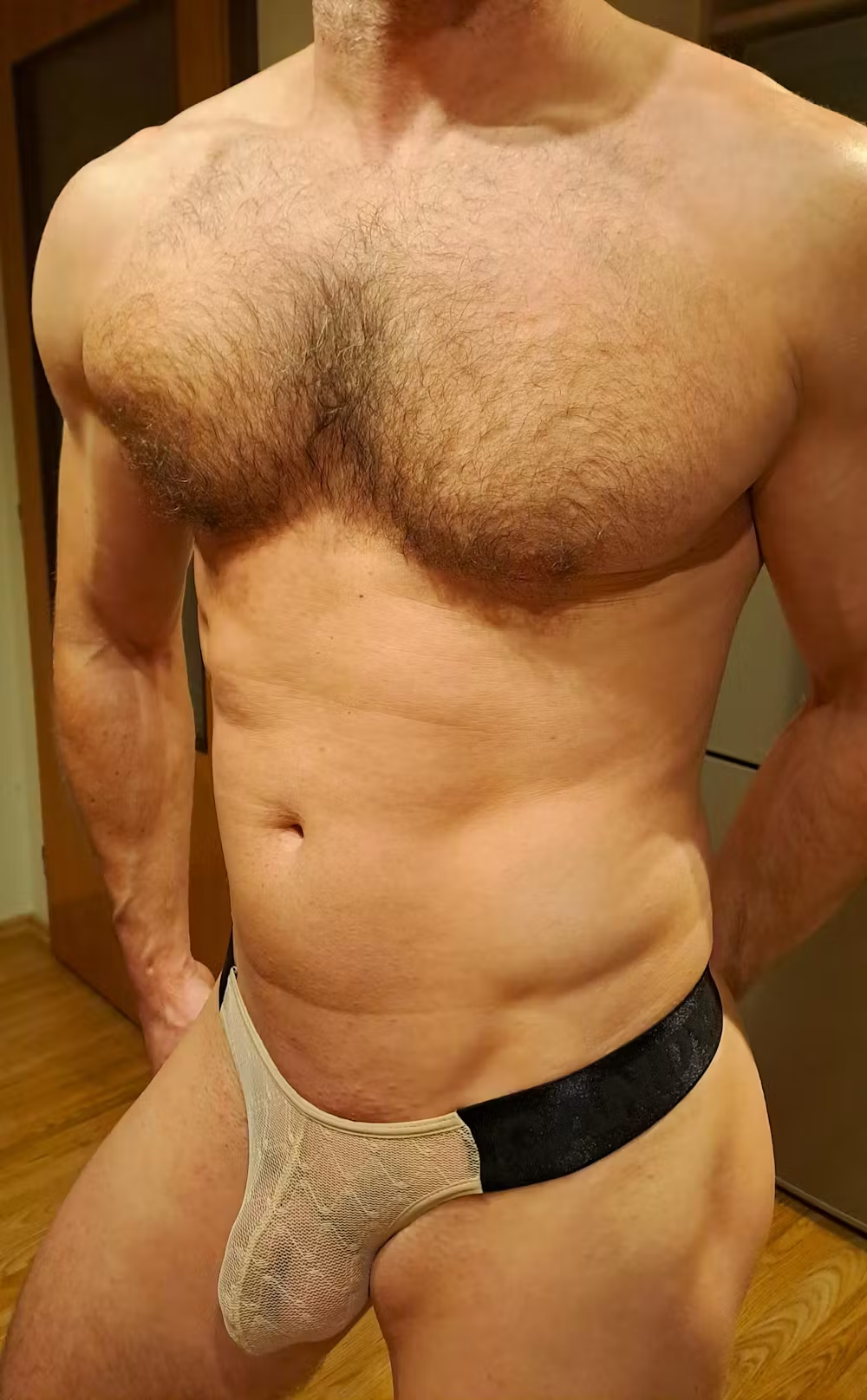
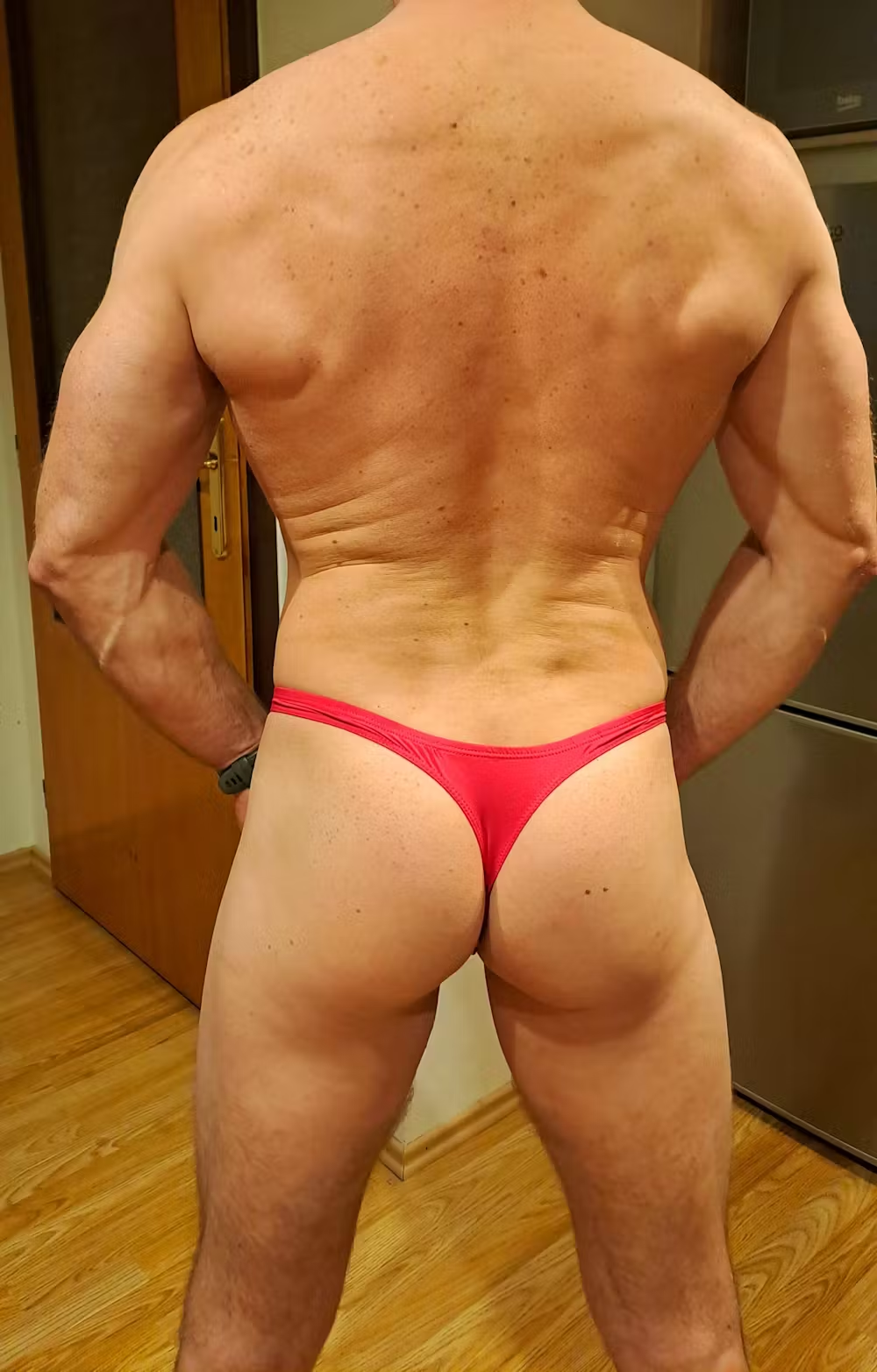
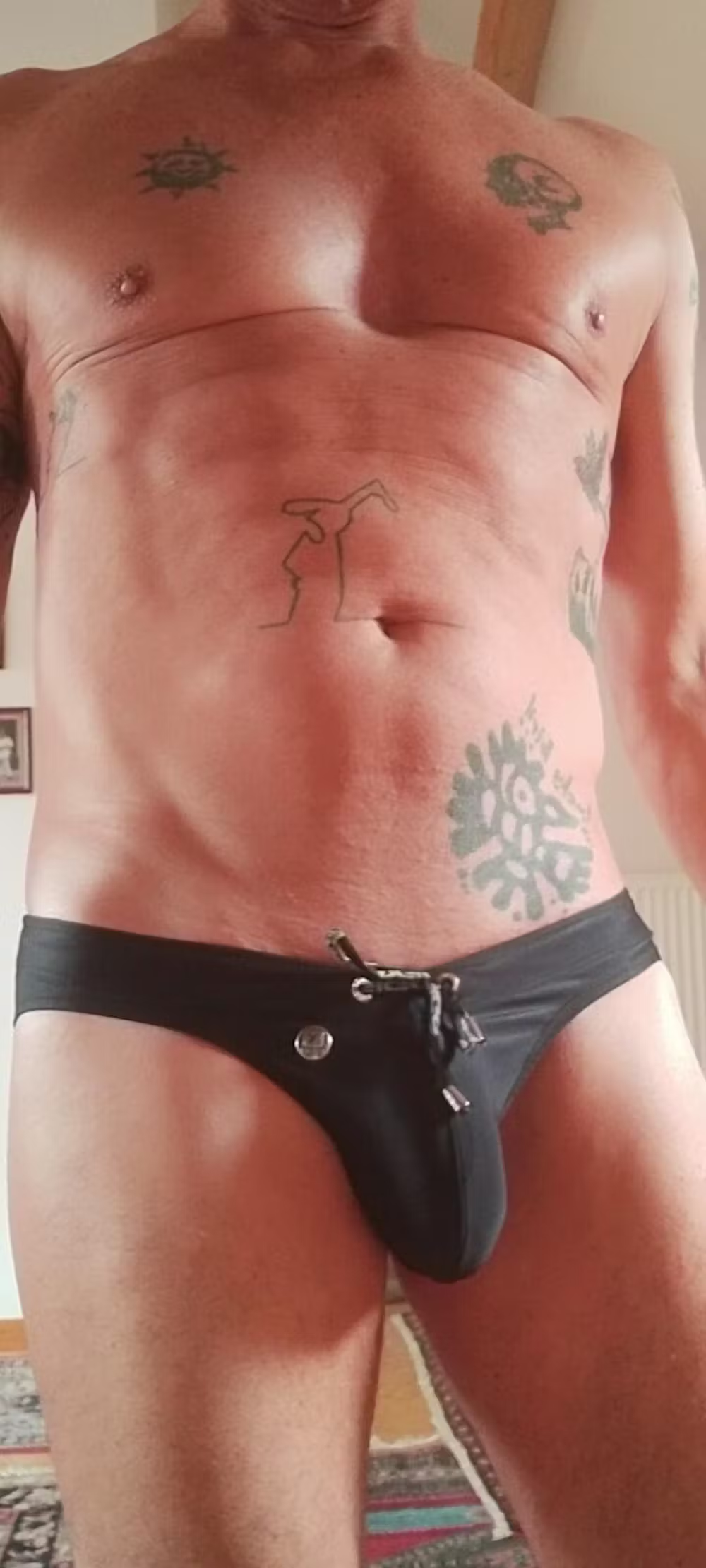
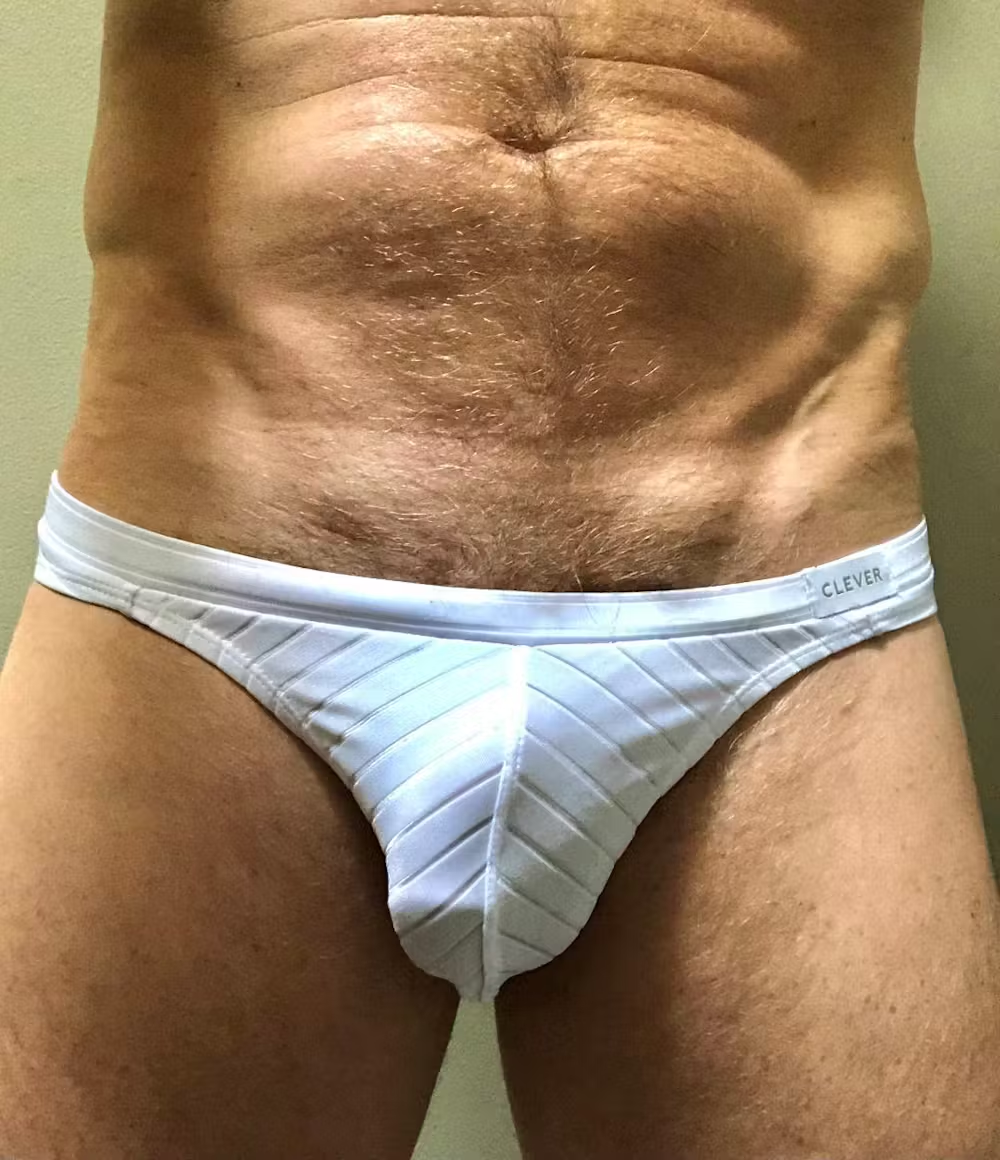
0 comments